The creatine category is experiencing something unprecedented: mainstream adoption. Walk into any Costco and you'll find creatine monohydrate prominently displayed on end caps. Twenty-something year old women are discussing it on social media. Pediatricians and geriatricians are recommending it to their patients. The ingredient that spent three decades viciously attacked and relegated to the sports nutrition corner has finally broken into the wellness mainstream.
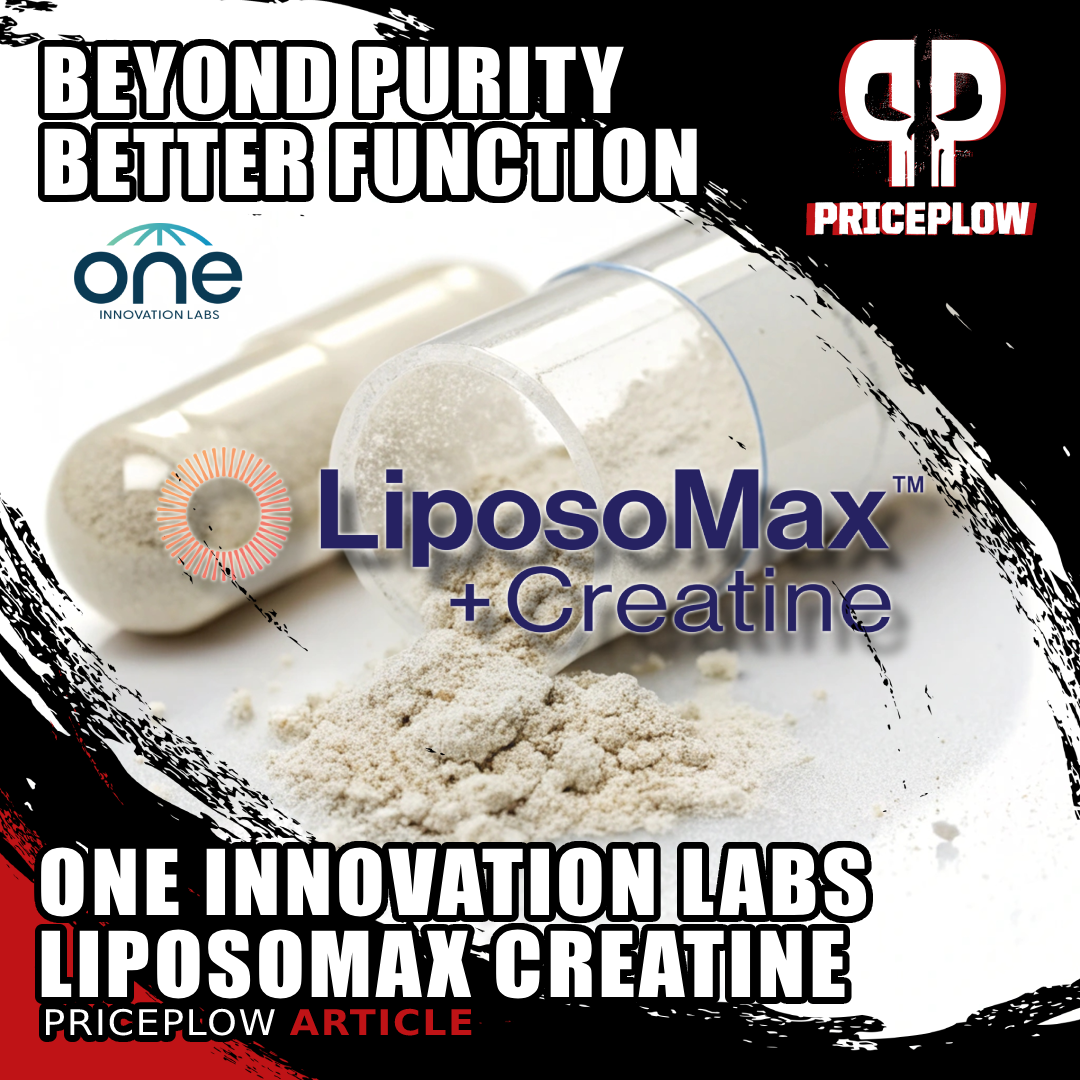
One Innovation Labs' LiposoMax® + Creatine delivers 2X cellular uptake and complete mitochondrial recovery vs standard creatine. Research shows 2.5-3g may match 5g regular doses. Now distributed by Prinova for next-gen formulations.
But as Dan Force, representing Prinova (North America's largest creatine distributor) pointed out during our recent PricePlow Podcast episode at SupplySide Global 2025, this evolution demands a new conversation:
"The breakout branded ingredient star is based on assay... 98.5% versus 99.5%. How big of a difference is that really going to make? I think what's exciting about what One Innovation Labs has done is really tap into the efficacious angle of creatine."
Force isn't wrong. When purity differences measure in decimal points, many argue that the next frontier isn't cleaner creatine... it's creatine that works better. And that's exactly what One Innovation Labs has developed with their LiposoMax® platform technology applied to creatine monohydrate.
We first introduced you to One Innovation Labs through their foundational ingredient, PureWay-C®, and recently covered their collaboration with Kyowa Hakko on LiposoMax® + Setria® Glutathione. Now, with creatine taking center stage in the wellness conversation, the Miami-based nutraceutical innovator is bringing their delivery technology to the most researched sports nutrition ingredient of all time.
The result? New data showing 2X faster cellular uptake and complete mitochondrial recovery -- metrics that matter far more than another percentage point of purity.
This article discusses these major improvements, and how brands can begin formulating with this next generation of creatine. Before diving in, subscribe to our news alerts, and then let's talk about the breakout technology:
Subscribe to PricePlow's Newsletter and Alerts on These Topics
Does Standard Creatine Have a Cellular Delivery Problem?
Creatine monohydrate works, there's no question about that. Decades of research confirm its efficacy for muscle performance, cognitive function, and cellular energy production.[1] But the mechanism behind its absorption reveals inherent limitations that become increasingly relevant as the ingredient moves beyond hardcore gym-goers into mainstream wellness applications.
The Transporter Bottleneck
Creatine relies on specific membrane transporters to enter cells. These transporters can become saturated, meaning that beyond a certain threshold, additional creatine simply isn't absorbed efficiently. This explains why the standard 5-gram daily dose became ubiquitous: it's not necessarily optimal for cellular uptake, but rather the amount needed to compensate for absorption inefficiency.
For formulators, this creates challenges:
- Serving size constraints that limit format options
- GI distress concerns at higher doses
- Inconsistent absorption rates between individuals
- Solubility issues in certain applications
The Phosphagen System: Creatine’s Critical Role
To understand why improved delivery matters, we need to examine creatine's function at the cellular level. Dr. Pedro Perez, founder and Chief Science Officer of One Innovation Labs, explained the biochemistry during our podcast:
Cellular energy depends on ATP (adenosine triphosphate), the universal energy currency. During high metabolic demand (during workouts, cognitive stress, immune responses), ATP depletion can trigger the formation of reactive oxygen species (ROS) instead of usable energy.[2-4] The body literally shifts from productivity to survival mode, generating oxidative stress that damages cellular structures.
Creatine serves as a phosphate reservoir through the phosphagen system. By binding dietary phosphate to form phosphocreatine (PCr), it enables rapid ATP regeneration when cells need it most. The enzyme creatine kinase can quickly transfer phosphate from PCr to ADP, forming ATP and preventing the metabolic crisis that leads to ROS accumulation.
Here's the crucial point: Creatine functions as an antioxidant not by directly scavenging free radicals,[5-7] but by maintaining ATP availability and preventing ROS formation in the first place. Higher intracellular creatine concentrations mean better phosphate buffering, which translates to more efficient energy metabolism and reduced oxidative stress.
Tissue-Specific Creatine Levels
Natural creatine concentrations vary dramatically between tissue types:
- Skeletal muscle and immune cells: 20-50 mM
- Brain and neurons: 5-20 mM
- Most other cells: 1-3 mM
This variance explains why creatine supplementation benefits extend far beyond muscle performance. Any cell experiencing high metabolic demand benefits from increased phosphate buffering capacity, whether that's a neuron supporting cognitive function, an immune cell responding to a pathogen, or a cardiac muscle cell maintaining rhythm.
The LiposoMax® Solution: Delivery Technology Meets Creatine Science
One Innovation Labs didn't set out to create yet another "cleaner" creatine. They started from a different premise: What if we could get more creatine into cells, faster, and sustain those elevated levels?
Liposomal Encapsulation: More Than Marketing
The term "liposomal" has become diluted through overuse and misrepresentation in the supplement industry. Many products claiming liposomal delivery are simply ingredients mixed with sunflower lecithin... a blend that may test positive for phospholipids but doesn't create true encapsulation.
LiposoMax® Technology employs genuine liposomal encapsulation using a proprietary phospholipid complex at 30% concentration, compared to the 2% often seen in competitors claiming liposomal delivery. This isn't just semantics. True liposomes are phospholipid bilayers with aqueous interiors that can:
- Fuse with cellular membranes to deliver contents directly
- Bypass traditional transporter limitations that create absorption bottlenecks
- Protect the active ingredient during transit through the GI tract
- Enhance bioavailability through multiple absorption pathways
Dr. Benjamin Weeks from Adelphi University, who conducted the cellular uptake research on LiposoMax® + Creatine, described the absorption kinetics as "linear rather than sigmoidal", meaning it bypasses the saturation curve that limits standard creatine absorption. Think of it as a "fast pass" that circumvents the normal entry gates.
The Clinical Data: Published Research, Not Marketing Claims
One Innovation Labs backed their creatine formulation with university research using established cellular models. The data tells a powerful story.
-
Cellular Absorption Study
Using murine neuronal cells (N38 line), researchers compared LiposoMax® + Creatine against standard non-liposomal creatine at 10mM concentration. Cells were treated and then rinsed thoroughly to remove residual creatine, ensuring measurements reflected only absorbed material.
The results:
- At 1 hour: 1.5-fold increase in cellular uptake with liposomal delivery
- At 3 hours: Nearly 2-fold increase that sustained through 12 hours
- Area under the curve: 88.25 for LiposoMax® + Creatine vs 44.65 for standard creatine
Statistically significant differences (p<0.05) at every measured timepoint confirmed that LiposoMax® + Creatine delivers approximately double the intracellular concentration compared to standard creatine monohydrate.
-
Mitochondrial Protection Study
Absorption means nothing if it doesn't translate to functional benefits. The research team used hydrogen peroxide to induce oxidative stress in neuronal cells (a validated model for studying antioxidant and cytoprotective effects). They then measured mitochondrial enzyme function via MTT assay, which quantifies cellular viability through succinate dehydrogenase activity.
The oxidative stress challenge: 300 μM hydrogen peroxide reduced cell viability by approximately 60%.
Protection with standard creatine:
- At 0.1 mM: No significant protection
- At 1.0 mM: Partial recovery (~60-65% viability)
- At 10 mM: Recovery to ~80-85% viability
Protection with LiposoMax® + Creatine:
- At 0.1 mM: Viability restored to ~70% (statistically significant)
- At 1.0 mM: Viability restored to ~85-90% (significantly better than standard)
- At 10 mM: Complete restoration to 100% viability (only LiposoMax® achieved full recovery)
These results demonstrate two critical advantages:
- LiposoMax® + Creatine provides meaningful protection at lower concentrations where standard creatine shows minimal effect
- Only LiposoMax® + Creatine achieved complete mitochondrial recovery, suggesting superior cellular protection against oxidative stress
These are groundbreaking results, and we're excited to see them move into peer-reviewed, journal-published human clinical data over time.
Beyond the Gym: Creatine’s Expansion Into Wellness
The timing of LiposoMax® + Creatine's development aligns perfectly with creatine's evolution beyond sports performance. During our SupplySide Global podcast (Episode #190), Ernesto Bruguera of One Innovation Labs noted something that would have seemed impossible a decade ago:
"Creatine is now one of the most recommended supplements for the geriatric population because of anti-aging and cellular recovery. It's even being recommended for pediatrics. That's mindblowing from where we grew up and what we thought of creatine."
The Antioxidant Angle
Positioning creatine as an antioxidant might seem unconventional, but the mechanism is well-established in the scientific literature. Creatine's antioxidant effect comes from preventing ROS formation rather than scavenging free radicals[5-7] -- a distinction that makes it valuable for tissues under metabolic stress, which our society has plenty of.
The phosphagen system maintains ATP availability during high-demand periods. When ATP levels drop and ADP accumulates, mitochondrial enzymes become more likely to produce reactive oxygen species as a metabolic byproduct. By serving as a phosphate reserve, creatine prevents this metabolic crisis point.
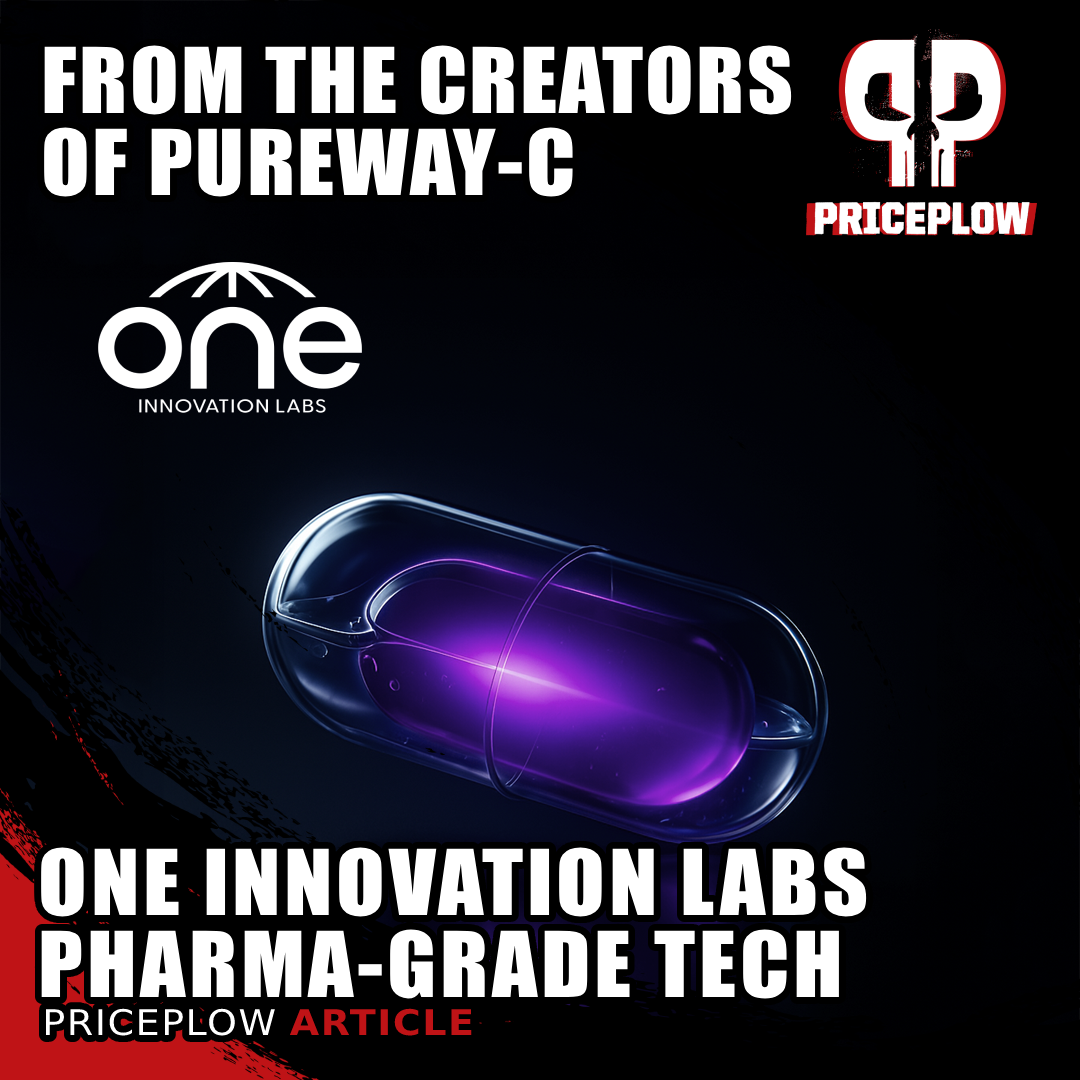
The secret supplier behind GHOST, Vital Proteins & Sports Research has been hiding in plain sight. One Innovation Labs created the PureWay-C® technology these major brands rely on. Their latest innovations could reshape supplement formulation entirely.
This mechanism explains creatine's benefits across diverse applications:
- Cognitive function: Neurons have relatively low baseline creatine (5-20 mM) but high metabolic demand during intensive mental work
- Immune support: Immune cells contain 20-50 mM creatine and experience massive ATP demand during pathogen response
- Aging: Cellular creatine levels decline with age, contributing to reduced metabolic efficiency and increased oxidative stress. Older individuals also generally eat much less meat, which is the best natural source of creatine.
- Recovery: Tissue healing requires sustained ATP production without excessive ROS generation
The Formulator’s Perspective: Less Can Be More, Especially in Gut Health
Dan Force from Prinova emphasized an often-overlooked benefit of improved bioavailability: formulation flexibility.
Standard 5-gram creatine dosing creates constraints:
- Gummies become impractical (too many pieces per serving, numerous failed lab tests)
- Beverages face solubility challenges
- Pre-workout formulas sacrifice scoop size for comprehensive ingredient panels
- Gut-sensitive consumers experience distress at higher doses
The preliminary research suggesting 2.5-3 grams of LiposoMax® + Creatine may deliver equivalent benefits to 5 grams of standard creatine opens new possibilities. Force noted during our conversation:
"If you've got a product that's not necessarily going to be gut friendly, it'd be a lot better to take half as much and get the same efficacy. We're getting a lot of interest from gut brands who want to get into creatine but need it to sync with their brand story."
This positions liposomal creatine as a premium option for specific use cases rather than a replacement for commodity creatine:
- Lower-dose applications where serving size matters
- GI-sensitive consumer segments
- Rapid-onset needs leveraging faster cellular uptake
- Multi-functional formulas combining cognitive and performance benefits
- Non-traditional demographics (older adults, women, general wellness)
The Prinova Partnership: Distribution Meets Innovation
One Innovation Labs could have launched LiposoMax® + Creatine independently. Instead, they partnered with Prinova, and that strategic decision tells us something smart about their approach.
Why Prinova?
Prinova built its reputation as North America's largest creatine distributor through supply chain expertise, not innovation. They handle commodity ingredients at massive scale, ensuring traceability, quality assurance, and reliable availability. Their customer relationships span contract manufacturers, brands, and retailers across food-drug-mass (FDM) channels.
When Prinova identified LiposoMax® Technology as worthy of partnership, it validated several critical factors:
- Supply chain readiness: The technology isn't still in development or limited to small batches. It's scalable and commercially viable.
- Market differentiation: Prinova's customers were asking for creatine innovation beyond purity specifications. The "efficacious angle" Force mentioned addresses real market needs.
- Scientific credibility: Prinova vetted the research and concluded it meets the standards their reputation depends on.
- Format versatility: One Innovation Labs developed multiple delivery formats before launch:
- Water-dispersible powders for RTD beverages and drink mixes
- Fine and extra-fine powders for capsules, tablets, and bulk powder products
- Oil formats for soft gels and liquid applications
Each format maintains the liposomal structure through manufacturing, storage, and consumption... a technical challenge that many "liposomal" ingredients fail to solve.
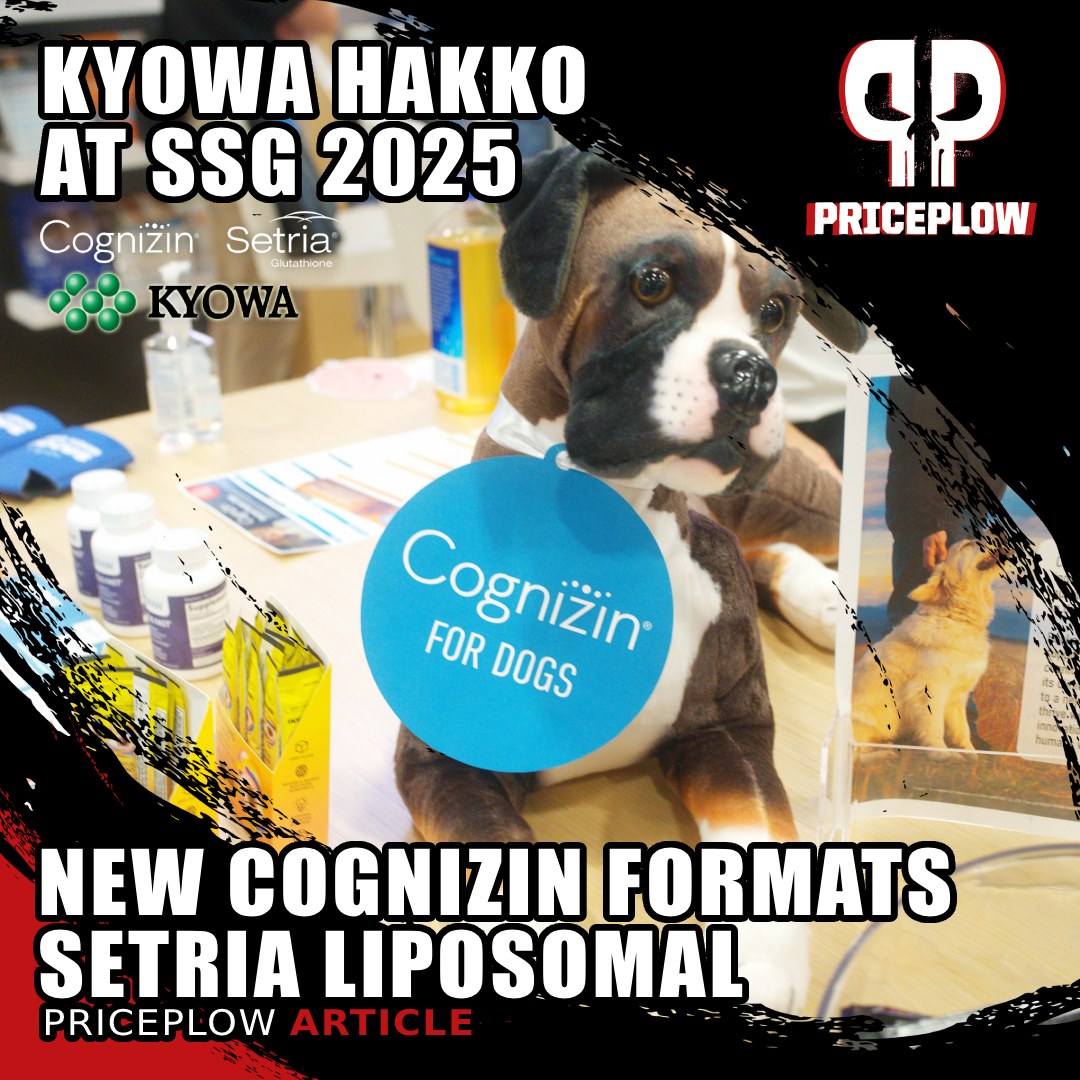
Kyowa Hakko brought the science to SupplySide Global 2025 with Cognizin® Citicoline beverages, STM stick packs, and a new liposomal Setria® Glutathione collaboration with ONE Innovation Labs. Plus they sponsored Women's Health.
The Collaboration Model
Force described the partnership dynamics during our podcast. Prinova brings distribution reach, customer relationships, and supply chain security. One Innovation Labs brings formulation expertise, clinical data, and delivery technology.
For brands and contract manufacturers, this means:
- Single-source convenience through Prinova's established ordering systems
- Technical support from One Innovation Labs' formulation team
- Supply confidence backed by Prinova's inventory management
- Quality assurance meeting both companies' standards
The model reflects a broader trend in the ingredient industry: true innovation comes from focused technology companies, while distribution specialists handle market access. Neither tries to do everything: they leverage complementary strengths.
Similarly, One Innovation Labs is partnering with Kyowa Hakko for their LiposoMax® + Setria® Glutathione, as previously covered on PricePlow and in another segment of Episode #190 of our podcast.
Format Flexibility: From Gummies to Beverages
One of the most significant practical advantages of LiposoMax® + Creatine is its versatility across delivery formats. Traditional creatine monohydrate poses challenges in certain applications due to solubility, stability, and serving size constraints.
Water-Dispersible Applications
The water-dispersible powder format enables:
- Ready-to-Drink Beverages: Stability testing confirms the liposomal structure maintains integrity in liquid applications. This opens possibilities for:
- Creatine-enhanced functional beverages
- Sports drinks with cognitive support positioning
- Morning wellness shots combining multiple benefits
- Powdered Drink Mixes: The format blends seamlessly into pre-workout formulas, post-workout recovery drinks, and daily wellness stacks without the gritty texture or solubility issues of standard creatine.
- Single-Serve Sachets: Lower effective dosing makes single-serve packaging more practical, appealing to convenience-focused consumers.
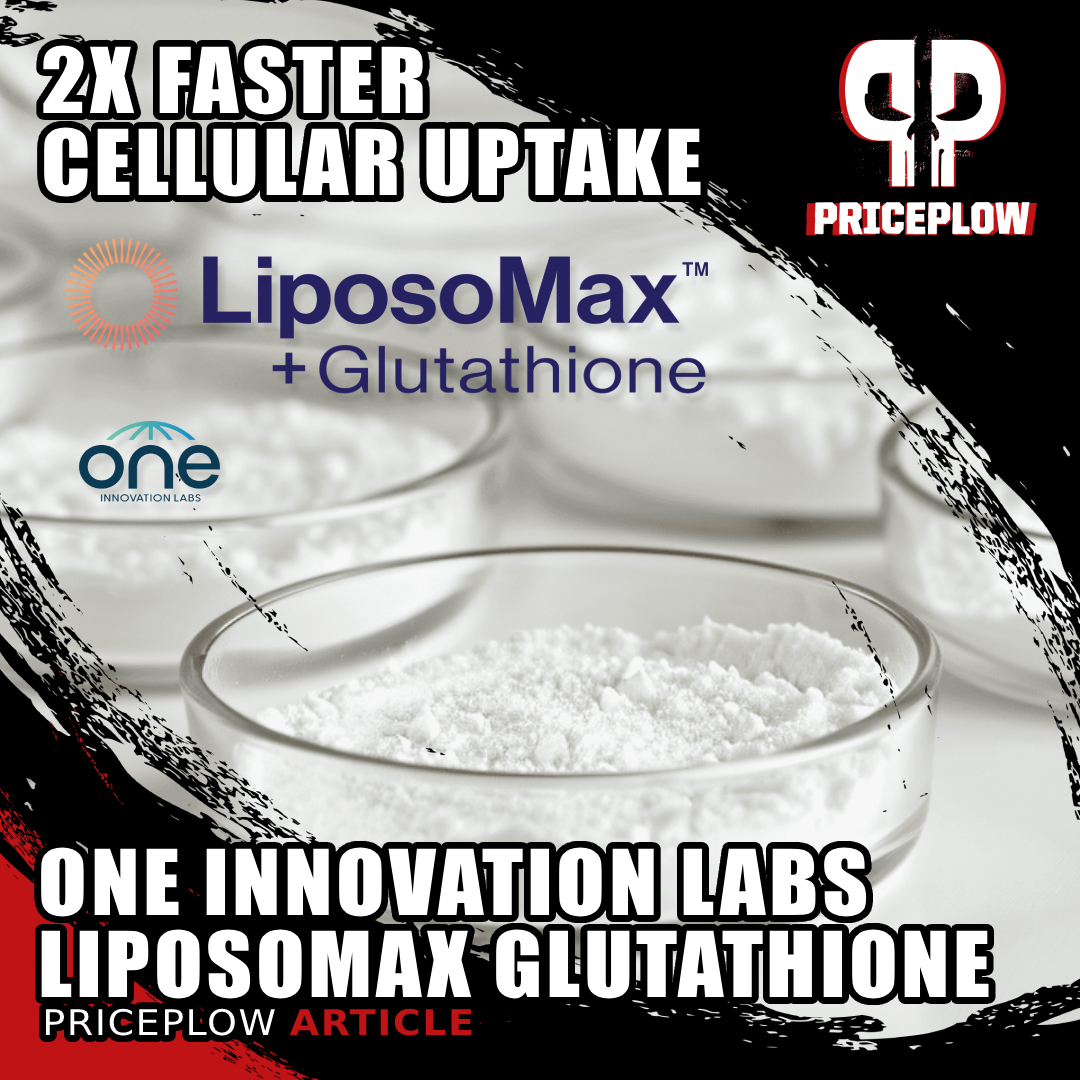
ONE Innovation Labs applies pharmaceutical-grade liposomal technology to glutathione supplementation. LiposoMax® Glutathione shows 2x faster cellular uptake vs standard forms, addressing the bioavailability challenges that limit traditional glutathione effectiveness.
Solid Dosage Forms
- Capsules and Tablets: Fine and extra-fine powder options accommodate capsule filling and tableting while maintaining liposomal protection. The reduced serving size fits better into multi-ingredient formulas.
- Gummies: Another exciting application for mainstream appeal, since standard 5-gram creatine dosing makes gummy delivery rather impractical and high in sugar. The potential for 2.5-3 gram effective dosing makes legitimate 2-3 gummy servings feasible.
Oil-Based Applications
There are also soft gels and liquid concentrates, which provide applications for both easier ingestion and precise dosing.
Stability testing on these formats is ongoing, but early results show promise for maintaining liposomal structure across various processing conditions.
The Market Context: Creatine’s Perfect Moment
LiposoMax® + Creatine enters the market at an inflection point. After three decades as a sports nutrition staple, creatine is experiencing mainstream adoption across demographics that were previously untapped.
The Demographic Shift
The podcast discussion highlighted several trends:
Female Consumers (20-40 years old): This segment now drives growth in FDM channels. They're interested in creatine not just for muscle performance but for:
- Cognitive support during demanding careers
- Metabolic health and body composition
- Active aging and longevity
- Energy and recovery from life demands
Geriatric Population: Medical recommendations for older adults focus on:
- Muscle maintenance and sarcopenia prevention
- Cognitive function and neuroprotection
- Cellular energy and quality of life
- Recovery capacity and resilience
Pediatric Applications: Emerging research on safety in pregnancy and developmental benefits suggests creatine may play a role in:
- Brain development and cognitive function
- Safe supplementation during pregnancy for fetal development
- Support for young athletes in appropriate contexts
Retail Evolution
Force's observation about Costco end caps signals a fundamental shift. When a wholesale club positions creatine prominently in the main aisles (and not just the sports nutrition section), it's targeting the mainstream family shopper, not the gym enthusiast.
This retail evolution creates opportunities for differentiation. The "generic white powder in a bulk container" positioning works for price-focused consumers. But there's a growing segment willing to pay premium prices for:
- Enhanced efficacy through delivery technology
- Lower effective doses for convenience and gut comfort
- Multiple format options matching lifestyle preferences
- Science-backed differentiation beyond purity percentages
Ultimately, this means that there's opportunity for premium positioning and new categories like gut health, cognitive support, women's health, and longevity. But these plays require a premium ingredient -- and that ingredient is now here.
The LiposoMax® Platform: Beyond Single Ingredients
LiposoMax® + Creatine represents the latest ingredient launch using One Innovation Labs' delivery platform. Here are some of the highlights:
- PureWay-C® and now Liposomal PureWay-C®: The original vitamin C formulation using lipid metabolites that established the company's reputation for enhanced bioavailability
- LiposoMax® + Setria® Glutathione: Partnership with Kyowa Hakko's Setria® showing the technology's application to the "master antioxidant"
- LiposoMax® + Creatine: Now bringing enhanced delivery to the most researched sports nutrition ingredient
This progression demonstrates that One Innovation Labs isn't a one-ingredient company. They've developed a genuine platform technology that can be applied across multiple active ingredients, each with unique challenges and opportunities.
Dr. Perez also mentioned during the podcast that the team is developing 11 different magnesium forms with LiposoMax® Technology, testing each individually and in combination. NAD+ and CoQ10 are also in development. The goal isn't just to create liposomal versions of popular ingredients, it's to solve specific bioavailability and efficacy challenges where the technology adds meaningful value.
Looking Ahead: Creatine’s Role in Longevity and Wellness
The conversation about creatine is shifting from "how much muscle can I build?" to "how can I maintain cellular function as I age?" This reframing aligns with broader wellness trends emphasizing everything from healthspan (not just lifespan) to metabolic health to cognitive preservation to functional fitness.
Creatine checks all these boxes. The research on cognitive benefits, immune support, and cellular energy metabolism extends far beyond its traditional sports performance positioning. Enhanced delivery through LiposoMax® Technology amplifies these benefits, creating a premium ingredient for brands targeting the wellness consumer rather than the athlete.
As Dan Force noted, the ingredient industry sometimes splits hairs over purity percentages that consumers can't perceive. The next evolution focuses on efficacy that people can actually experience: faster absorption, better cellular uptake, sustained benefits at lower doses.
That's the real story behind LiposoMax® + Creatine. Not just another creatine option, but a demonstration of what's possible when delivery technology meets established ingredients in meaningful ways.
Conclusion: Better Cellular Function, Not Better Decimal Points
The creatine category spent decades competing on purity, which is great, but consumers couldn't distinguish the differences, and many brands won't justify those costs.
LiposoMax® + Creatine shifts the conversation from how pure to how effective, especially for new demographics requiring better cellular health. With published data showing 2X cellular absorption, complete mitochondrial recovery, and the potential for lower effective dosing, One Innovation Labs has created a genuinely differentiated ingredient for the premium segment of a rapidly expanding market.

Dr. Pedro Perez and Anthony Armas of ONE Innovation Labs host a round-robin collaboration showcase at SupplySide Global 2025, featuring Kyowa Hakko, Prinova, Lonza, Adelphi University, and Sports Research discussing LiposoMax® liposomal technology and DUOCAP® innovations on Episode #190 of the PricePlow Podcast.
The partnership with Prinova validates both the technology and the market opportunity. When North America's largest creatine distributor commits to representing an innovation-focused ingredient, it signals that customers are demanding more than commodity creatine can deliver.
For brands navigating creatine's mainstream moment -- trying to reach female consumers, older adults, and wellness-focused buyers -- LiposoMax® + Creatine provides the scientific foundation and formulation flexibility to move beyond sports performance positioning into broader wellness applications.
We covered this story extensively during Episode 190 of the PricePlow Podcast recorded at SupplySide Global 2025, featuring conversations with the One Innovation Labs team, Prinova, and other partners like Kyowa Hakko, Lonza, and Sports Research. The episode provides deeper technical discussions and formulation insights worth exploring if you're considering LiposoMax® ingredients for your product development pipeline.
As creatine continues its evolution from gym staple to wellness essential, delivery technology will increasingly define the premium segment. One Innovation Labs has positioned themselves at the forefront of that evolution... not just by making creatine cleaner, but by making it work better.
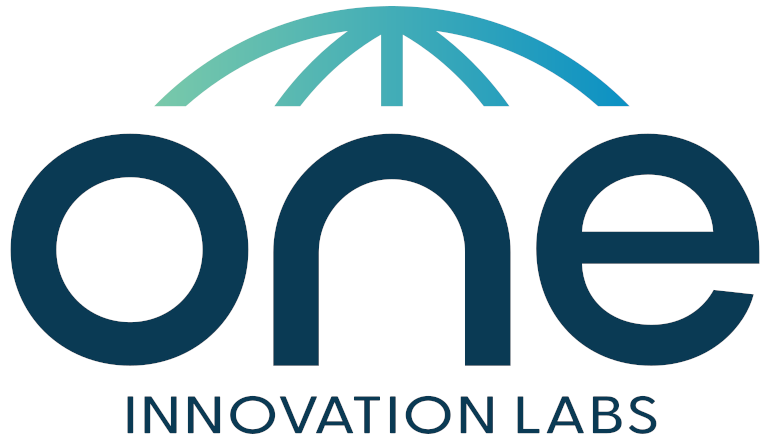
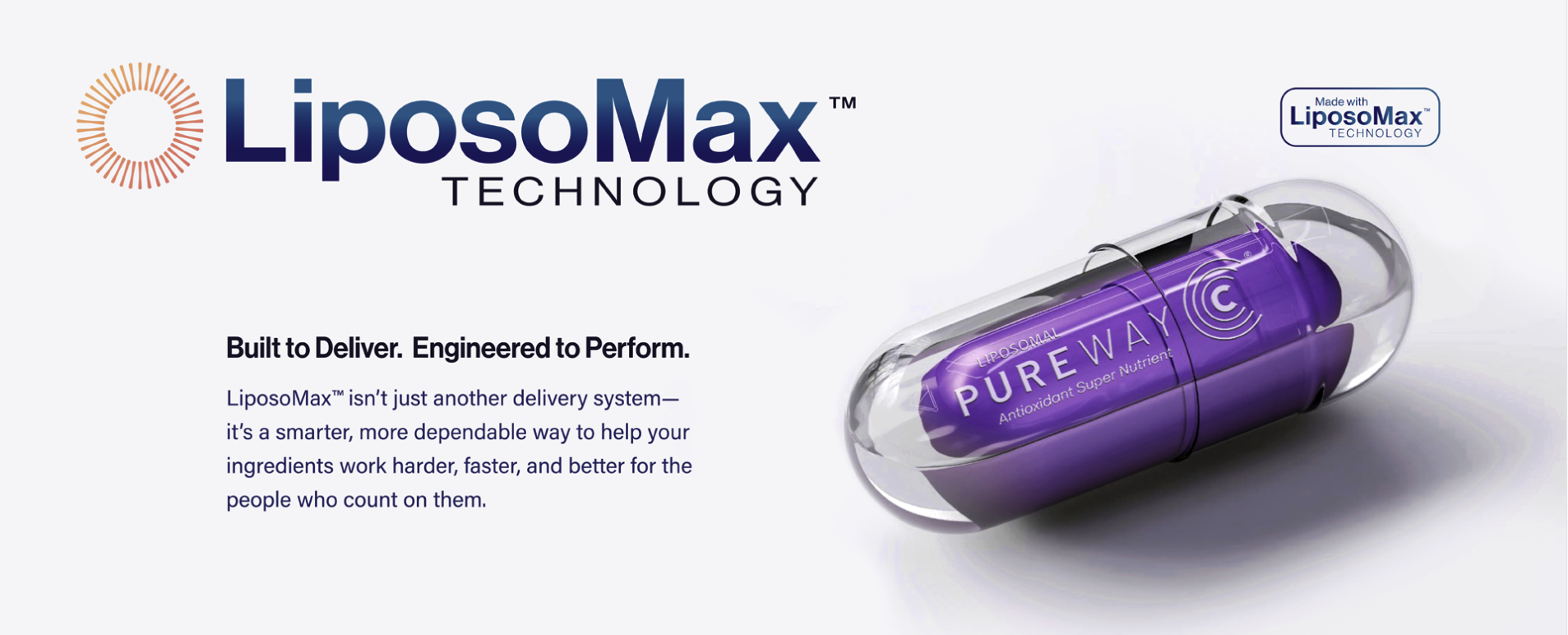
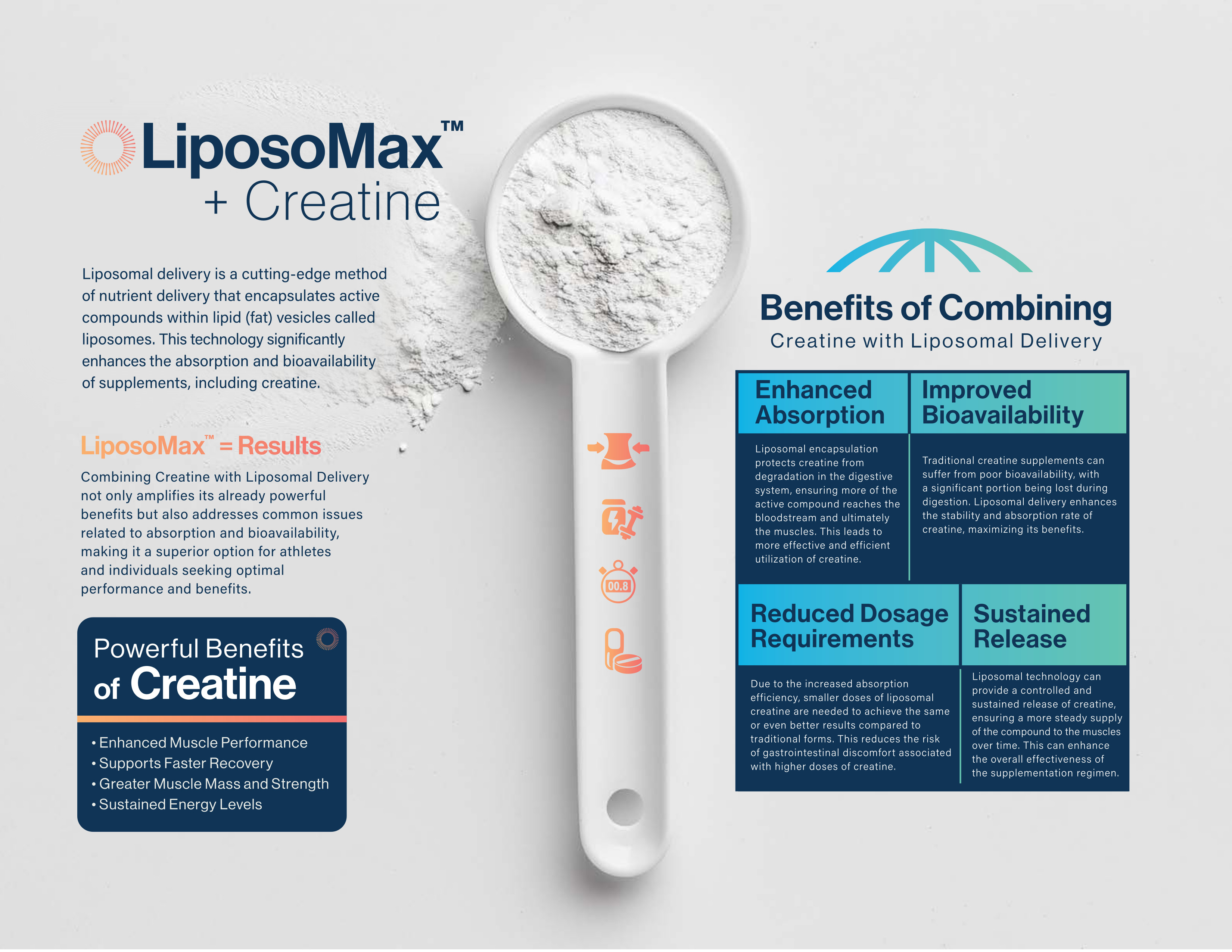

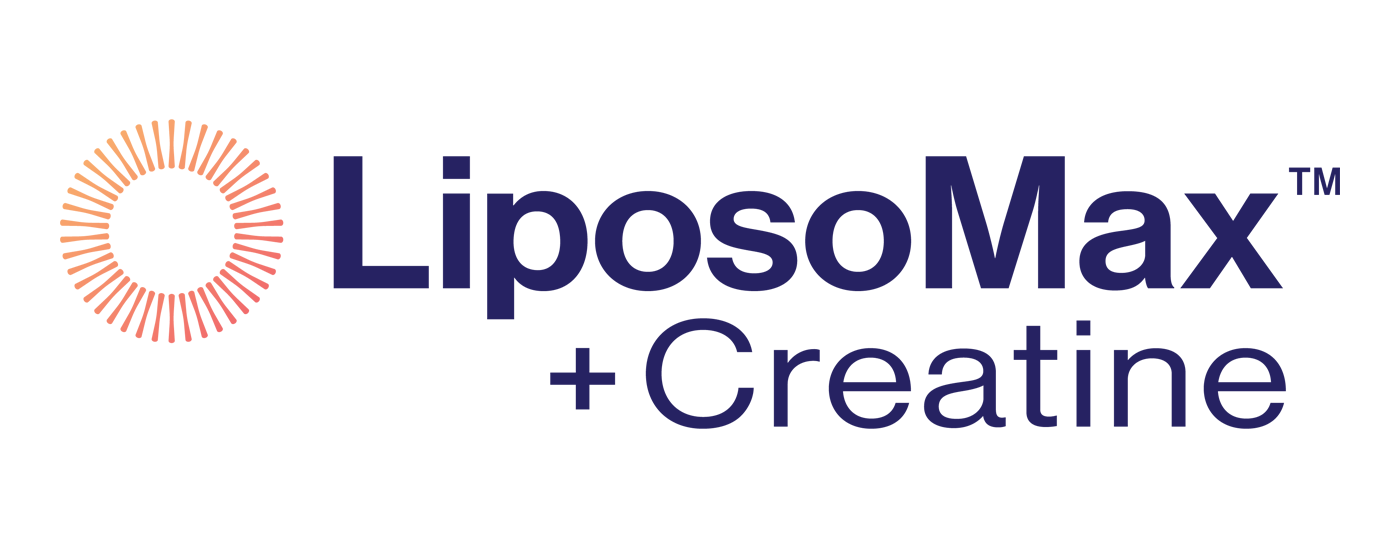




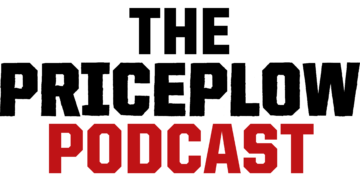
Comments and Discussion (Powered by the PricePlow Forum)